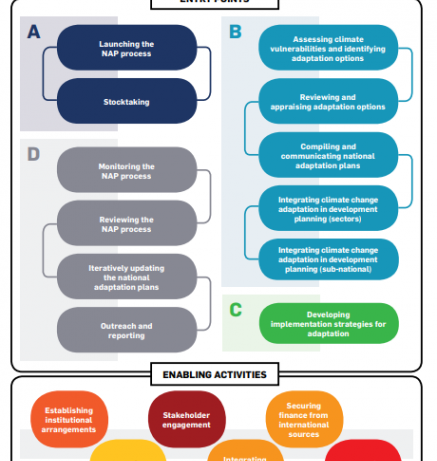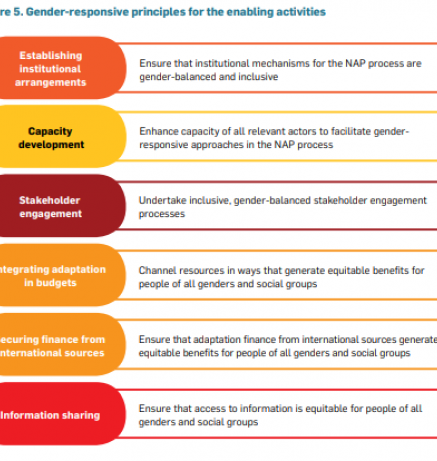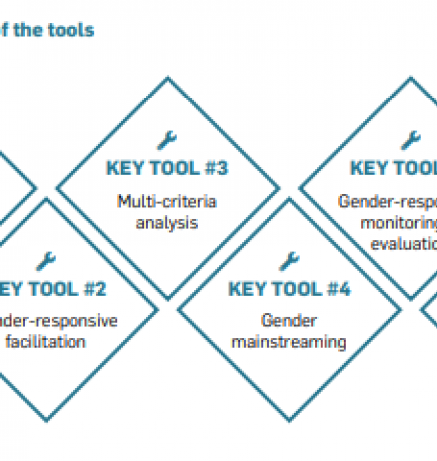Disclaimer
As a reflection of the UNFCCC secretariat’s commitment to inclusivity, the Adaptation Division at the UNFCCCC secretariat has translated its working documents in different languages. Accordingly, this document is being provided as an automated translation generated by DeepL Translate, without involving any human intervention. The quality and fidelity of this automated translation may vary considerably from one text to another and between different language pairs. This translation may also contain inaccuracies or typographical errors. It is being provided “as is” without warranty of any kind, either express or implied. Under no circumstances shall the UNFCCC secretariat be liable for any loss, direct, indirect, incidental, special or consequential damages, liability or expense incurred or suffered that is claimed to have resulted from the use of this translation. The use of this translation is at the user's sole risk. The Adaptation Division at the UNFCCCC secretariat can only verify the validity and accuracy of the information provided in the official English text. Some content (such as images, videos, files, etc.) may not be translated because of technical limitations of the system.
Avis de non-responsabilité :
En tant que reflet de l'engagement de la secrétariat de la CCNUCC envers l'inclusivité, la Division de l'Adaptation de la secrétariat de la CCNUCC a traduit ses documents de travail dans différentes langues. En conséquence, ce document est fourni en tant que traduction automatique générée par DeepL Translate, sans intervention humaine. La qualité et la fidélité de cette traduction automatique peuvent varier considérablement d'un texte à l'autre et entre différentes paires de langues. Cette traduction peut également contenir des imprécisions ou des erreurs typographiques. Elle est fournie "telle quelle" sans garantie d'aucune sorte, qu'elle soit expresse ou implicite. En aucun cas, la secrétariat de la CCNUCC ne sera responsable de toute perte, dommage direct, indirect, accessoire, spécial ou consécutif, responsabilité ou dépense encourue ou subie qui serait prétendument due à l'utilisation de cette traduction. L'utilisation de cette traduction se fait aux risques et périls de l'utilisateur. La Division de l'Adaptation de la secrétariat de la CCNUCC ne peut vérifier que la validité et l'exactitude des informations fournies dans le texte officiel en anglais. Certains contenus (tels que des images, des vidéos, des fichiers, etc.) peuvent ne pas être traduits en raison de limitations techniques du système.





